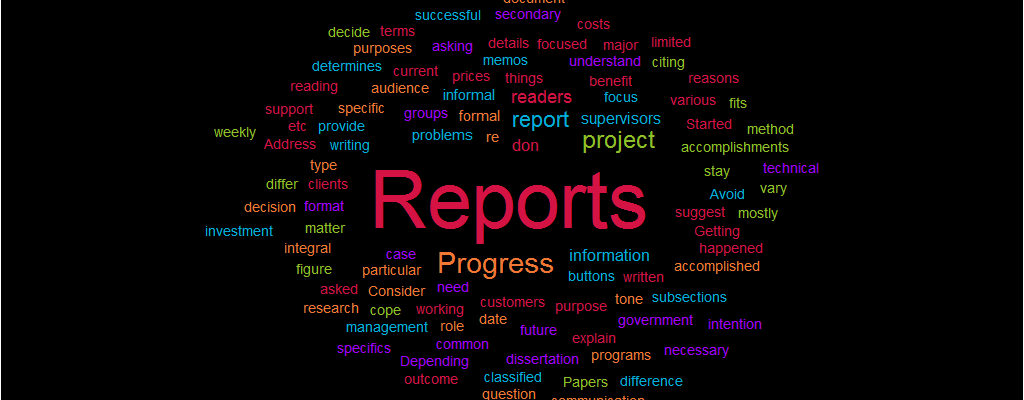Progress Reports: Features of Writing
Publication Date:

No matter what you’re working on, a project at work or a dissertation, you will need to cope with progress reports as they are an integral part of project management. These reports help your supervisors, customers, and clients stay up-to-date about the project. First of all, you have to focus on accomplishments and important things that need to be done in the future.
Getting Started
First, figure out the purpose of the report. You may be asked to write it for various reasons. Depending on the purpose, such reports are classified into two major groups:
- Progress reports for research programs are different from such reports made for a project at work. Papers of this type are mostly focused on citing the information, while costs play a secondary role.
- Work reports for clients differ from those written for supervisors. In this case, purposes of such reports may vary in each particular case.
Consider your audience and think what things they must know in the first place. All reports of such a kind have some things in common, but you must consider specifics of a particular paper:
- What role your readers play in the project? How they benefit from the successful outcome? This question determines the difference between reports for supervisors and those made for customers.
- What decision your readers must make after reading your report (support, money and time investment, etc.)?
- What specific information is necessary for readers to understand the project? You may need to explain them some technical terms or other specific information.
After this, decide which method of communication fits your intention best. Progress reports are not limited by the format of a written document. You may provide a weekly or monthly oral report, or send periodic emails. You can also provide reports in a form of formal or informal memos to your supervisors, as well as in the form of formal reports for customers or government structures.
If you don’t have enough experience in writing such reports, ask your superiors to clarify all important details. Your report must meet the required format of your company.
Think of your tone. Progress reports may be formal or informal. Moreover, in most cases, reports for colleagues and managers are rather informal. For such a reason, we suggest asking your supervisors what exactly they are looking for. If you’re preparing a report for government agencies, you must choose a formal tone.
The Writing Process
You may write a bulleted list that will help you organize your materials properly. It’s an informal way of writing a report so you may use it for email reports or memos. Sometimes progress reports may benefit from tables and other illustrations, especially in case you’re asking for funding.
First of all, you have to be clear, so we suggest creating subsections and sorting relevant material by groups, adding subheadings. Such an approach will simplify the perception of your paper. If you know that your audience is most interested in a particular type of information, you may want to present it first.
Write a heading, including the date of the report, your name and position, the name of the recipient, and the subject of the report. After this, get to an introduction. It provides a brief overview of the project and its current status. You may separate this section from the remaining paragraphs and write it in italics.
A body of your proposal must include subsections, providing readers with more detailed information introduced in the beginning. Write about the accomplished tasks and current goals. Address all important problems and provide possible solutions for them. Estimate changes that happened during the considered period.
It’s not enough to just tell your readers of what has been accomplished and what happened. You also must address future perspectives and explain in what direction the project moves. Pay special attention to problems that may affect deadlines or the budget. Don’t try to downplay problems but don’t make them the central part of your report. Make sure that your estimates are realistic and you don’t promise your readers something that you unlikely will manage to deliver.
Another important information is work hours. You have to help your readers understand how much time and effort your team put into the project. They must realize that you’re working hard, trying to solve all existing problems.
Avoid Common Difficulties
Stick to your topic. You don’t have to consider all the areas related to the project, even if they seem to be really interesting.
Keep it simple and make sure that your audience clearly understands your message. Focus on concrete issues and don’t exceed the recommended page limit. Mention specific details and avoid vague statements that cannot be supported by evidence.